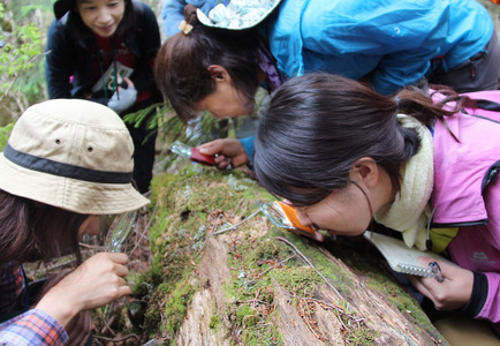Forest Healing, the Japanese Art of Shinrin Yoku
Forest Healing: When times become stressful or exhausting, perhaps a walk through the forest is the solution. This is the idea behind Shinrin Yoku (森林浴), a Japanese term which loosely translates to forest healing. This forest healing is used to achieve relaxation and boost healthiness. Many of those who practice forest therapy do so to relieve themselves of the stress, both physical and emotional, of our modern world.
It does not imply a quick stroll through a forest, but rather a slow and purposeful walk. To achieve the desired results, one must take time in each step, absorbing the details in the surrounding nature. Listen to the sounds, the rustling of leaves as a gentle wind passes through. Feel the earth, whether it be the firmness of the dirt beneath you or the light tickle of the grass on your ankle. Smell the forest, and let the scent of the terrain envelop you.
It is argued that the air within the forest is pure as the trees create clean air within the space, and the green and orange colors of the environment have a positive effect on the human body. The smells of the forest are said to be healing to our bodies. Studies have been done to test the results of purposeful forest bathing, and this research seems to support the claims of forest healing. One study found that forest bathing, in comparison with walking through a city setting, lowered cortisol levels, blood pressure and pulse rate. Another study found that after three days of forest healing, participants had a significant increase in white blood cells, or natural killer cells.
The art of forest healing is well known and respected in Japan, but it has now reached the states too. In Los Angeles, the Shinrin Yoku company has opened, who will take you on guided tours through forests to achieve results. Based in San Francisco is The Association of Nature and Forest Therapy, which certifies individuals who are looking to become one of these forest healing guides. Their website also provides a starter kit for anyone looking into trying forest healing.
So give it a try and talk a slow stroll through the forest and see how you feel!



Follow Us!